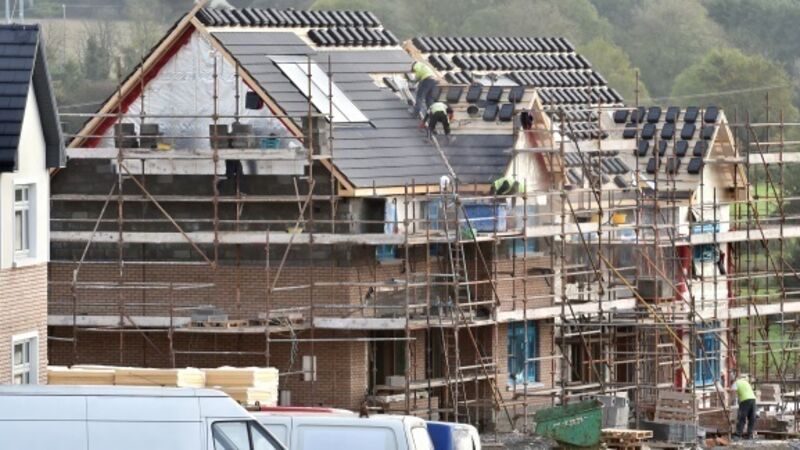Debate about a housing bubble is missing the point

The Taoiseach may have got himself into a spot of bother last weekend with his comments that Ireland’s homelessness was not high by international standards, but the truth is that anybody who visits the majority of international cities will notice that homelessness is a strong feature of virtually everywhere and policymakers virtually everywhere struggle to deal with it.
There is no obvious solution to homelessness, because many who end up homeless do so after years of social decline.

















